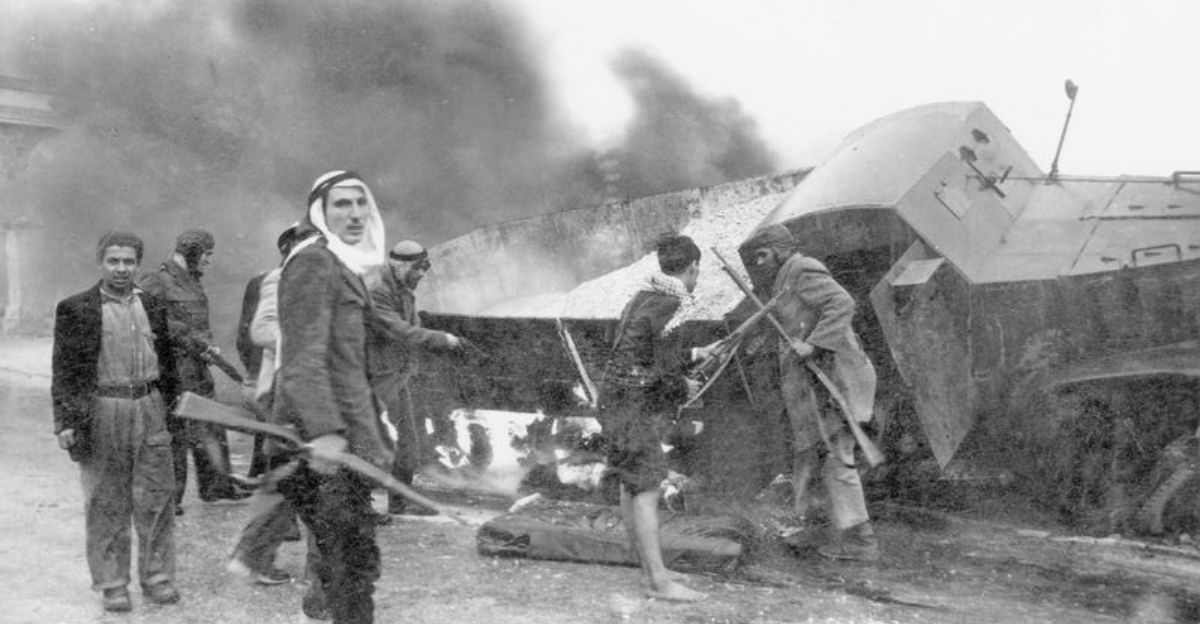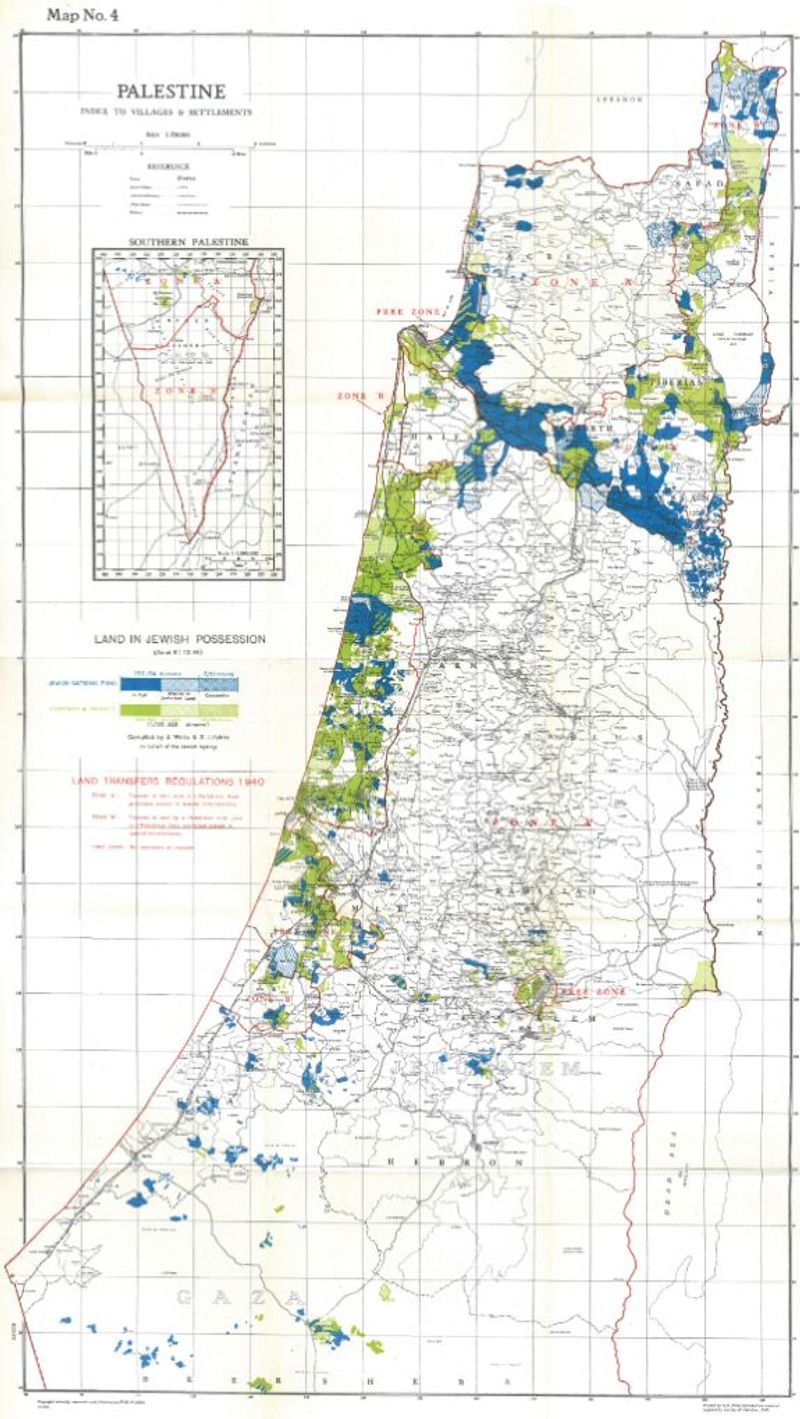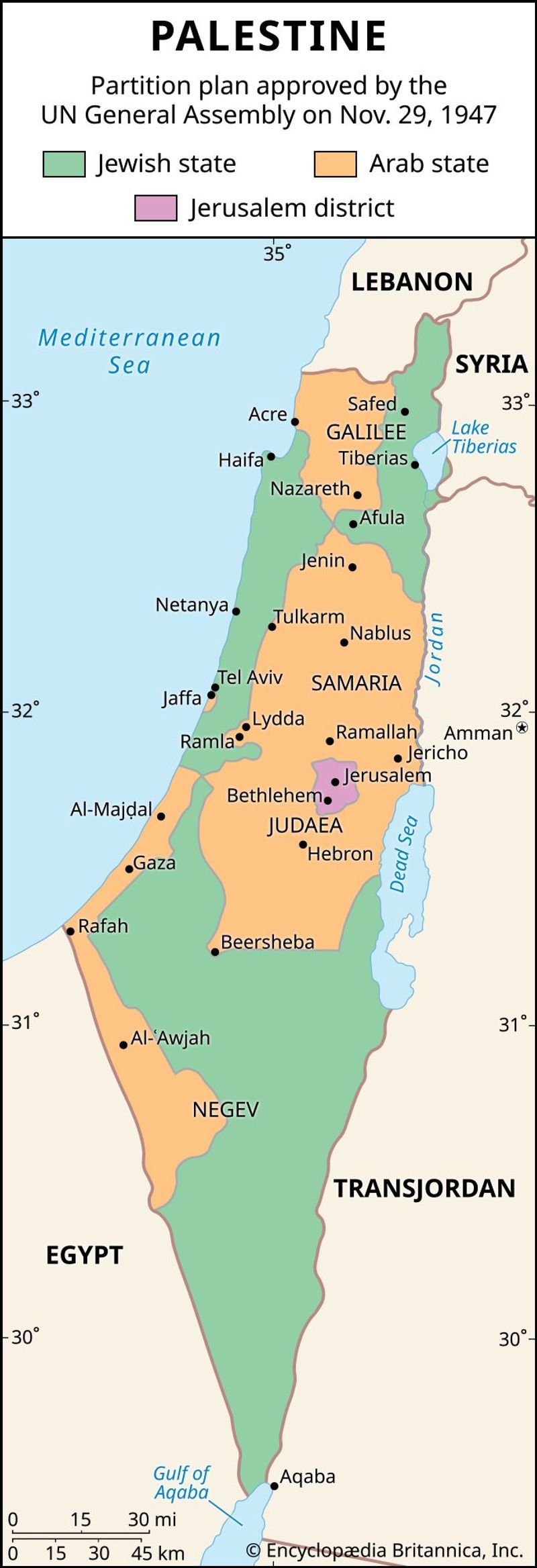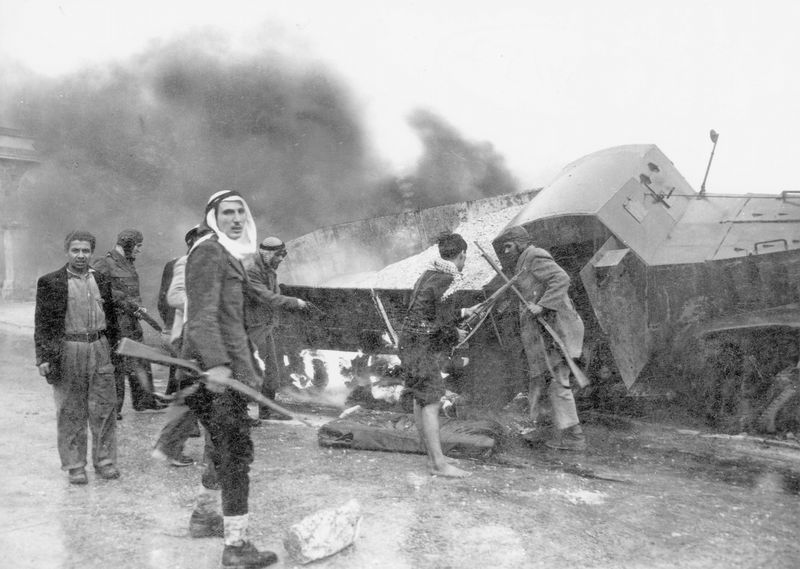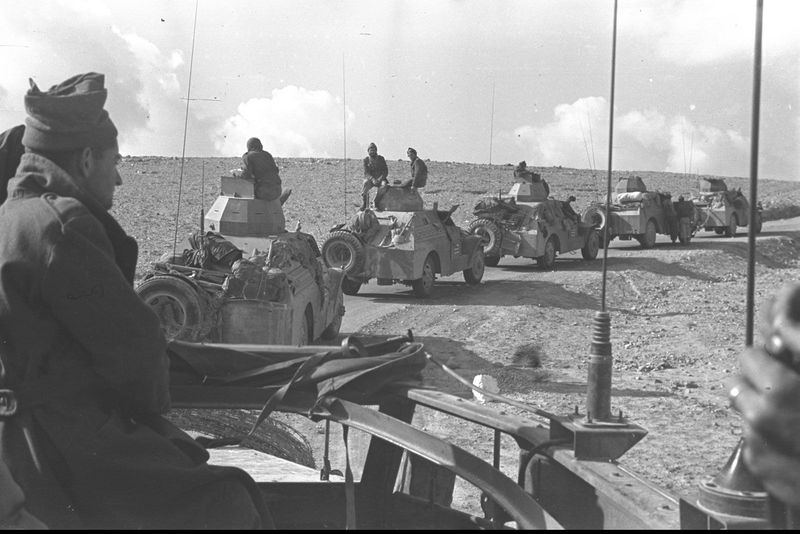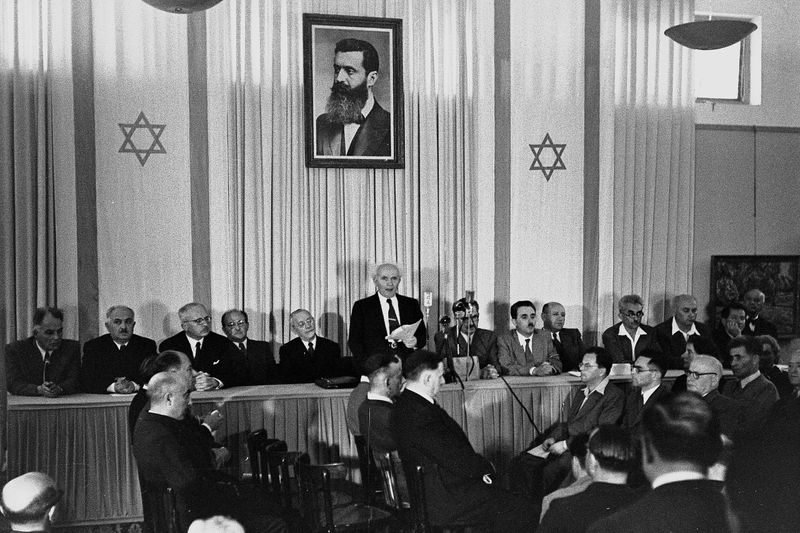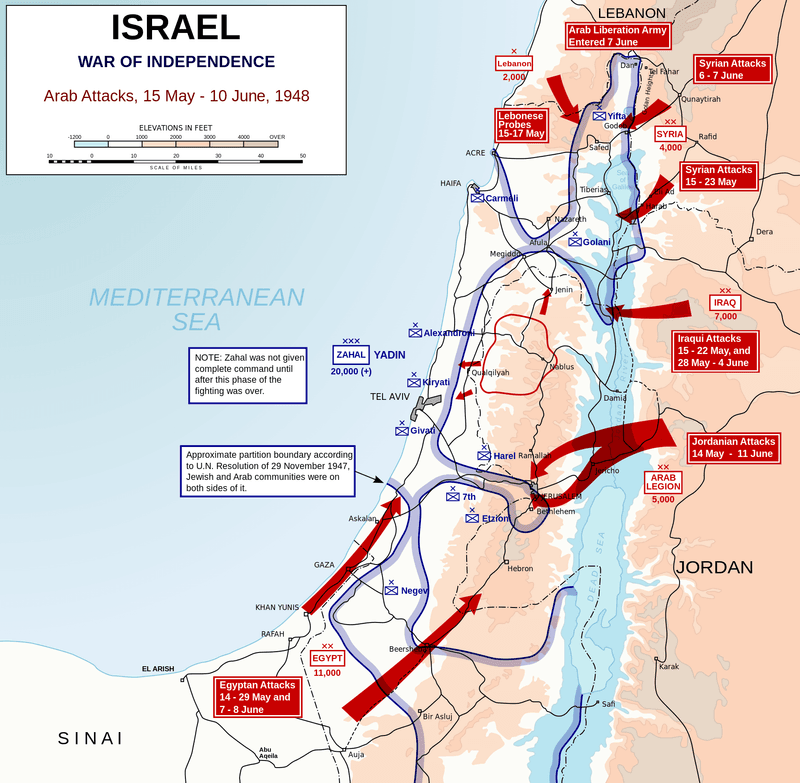The First Arab-Israeli War of 1948 forever changed the landscape of the Middle East. This conflict emerged from decades of tension in the region as competing national aspirations collided under British rule. Understanding the causes of this pivotal war helps explain many ongoing challenges in the region today. These six key developments set the stage for a conflict that continues to shape world events.
1. Conflicting Nationalisms in Mandatory Palestine
Two powerful movements on a collision course. Jewish Zionists, fleeing persecution in Europe, sought to establish a homeland in their ancestral territory. Meanwhile, Palestinian Arabs, who comprised the majority of the population, viewed the same land as rightfully theirs.
Land purchases by Jewish organizations intensified local tensions. Arab communities feared displacement as Jewish immigration accelerated, especially after Hitler’s rise to power in 1933. The British, who controlled Palestine under a League of Nations mandate, struggled to manage these competing claims.
By the 1940s, violent clashes between communities had become commonplace. Militant groups on both sides engaged in attacks, creating a cycle of violence that proved impossible to contain.
2. UN Partition Plan (Resolution 181)
November 29, 1947 marked a turning point when the United Nations General Assembly voted to divide Palestine. The plan created separate Jewish and Arab states with Jerusalem under international control. Jewish leaders, though unhappy with some boundaries, pragmatically accepted the proposal as their best opportunity for statehood.
Arab representatives unanimously rejected the plan. From their perspective, the partition unfairly awarded too much territory to the Jewish minority. The Arab League declared it would take measures to prevent implementation, setting the stage for confrontation.
International powers split on the issue. The United States and Soviet Union supported partition, while Britain abstained, concerned about regional stability.
3. Intercommunal Civil War (Late 1947–May 1948)
Hours after the UN vote, violent skirmishes erupted across Palestine. What began as scattered attacks quickly escalated into coordinated military operations by Arab and Jewish militias. Roads became battlegrounds as both sides fought for strategic control and attempted to isolate enemy communities.
The Haganah, the main Jewish paramilitary organization, implemented Plan Dalet in early 1948. This controversial military strategy aimed to secure territory for the future Jewish state, resulting in the displacement of many Palestinian Arabs from areas designated for Jewish control.
Arab volunteers from neighboring countries joined local fighters, while the Jewish forces benefited from weapons smuggled from Europe. British forces, preparing for withdrawal, increasingly stood aside as the violence intensified.
4. End of the British Mandate
Exhausted by World War II and facing mounting violence, Britain announced its intention to terminate its rule in Palestine. The final British High Commissioner, Sir Alan Cunningham, departed Jerusalem on May 14, 1948, symbolically lowering the Union Jack for the last time.
Britain’s withdrawal created a dangerous power vacuum. After three decades of maintaining an uneasy peace, their departure removed the last buffer between the warring communities. British forces had already begun gradually withdrawing from outlying areas months earlier, abandoning police stations and military installations.
Both Jewish and Arab forces raced to capture these abandoned positions. Strategic locations, especially along transportation routes, became crucial targets in the escalating conflict.
5. Declaration of the State of Israel
At precisely 4:00 PM on May 14, 1948, David Ben-Gurion stood before a portrait of Theodor Herzl in Tel Aviv’s art museum. Surrounded by Jewish leaders, he proudly proclaimed the establishment of a Jewish state to be called Israel. The moment fulfilled a 2,000-year dream of Jewish sovereignty in their ancestral homeland.
Celebrations erupted throughout Jewish communities worldwide. Within minutes, President Harry Truman announced American recognition of the new state, providing crucial international legitimacy. The Soviet Union followed suit shortly afterward.
For Palestinian Arabs and neighboring Arab states, however, the declaration represented a catastrophe. They viewed Israel’s creation as an illegitimate seizure of Arab land that demanded immediate response.
6. Invasion by Arab States
As Israel celebrated its birth, armies from five Arab nations crossed the borders of the former mandate. Egyptian forces advanced northward along the coast, while Jordanian troops moved into the West Bank. Syrian and Lebanese forces attacked from the north, and Iraqi units crossed the Jordan River to join the fight.
The Arab leaders publicly declared their intention to “drive the Jews into the sea.” However, behind this unified rhetoric lay competing national interests. King Abdullah of Jordan secretly harbored ambitions to annex parts of Palestine rather than establish an independent Palestinian state.
Despite numerical superiority, the Arab armies lacked coordination. Their divided command structure and competing political agendas ultimately undermined their military effectiveness against Israel’s more unified forces.
